A Montreal-based research group have developed aligned electrospun PET nanofiber mats that mimic the media layer of arteries.
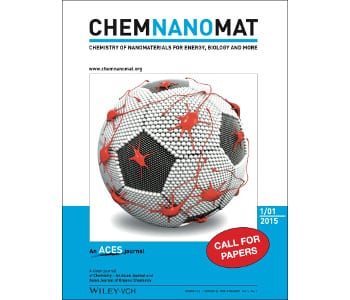
ChemNanoMat opens for submissions
ChemNanoMat is the latest journal to be launched by Wiley-VCH and opened for submissions at the beginning of November.
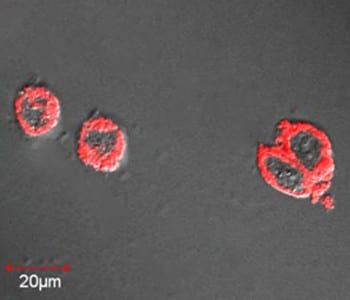
Lanthanide nanoprobes for biomedical applications
Lanthanide(III) complexes have steadily found increasing use in both biosensing and bioimaging due to their advantageous emission properties.
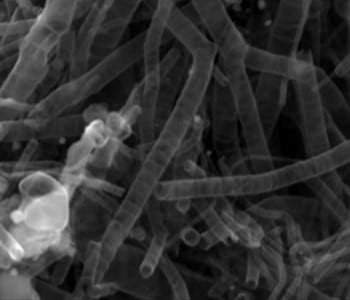
Graphene tubes in electrocatalysis
A group of researchers have developed a new hybrid catalyst technology to reduce oxygen at fuel cell cathodes.
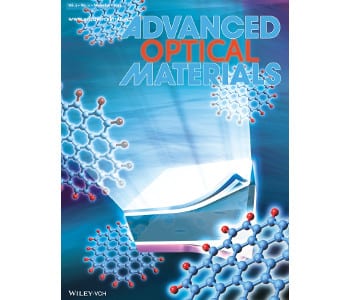
Advanced Optical Materials – November Issue Covers
Check out the articles highlighted on the covers of the latest issue of Advanced Optical Materials.
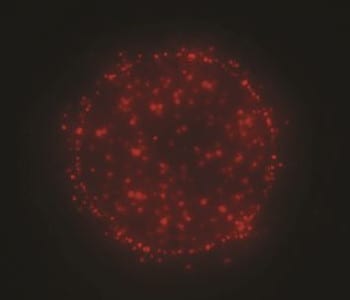
A synergetic pairing: epifluorescent microscopy and electrophoretic microarrays
Detection of nanoparticles and DNA biomarkers at clinically relevant low levels can be achieved by combining epifluorescent microscopy with dielectrophoretic microarrays.
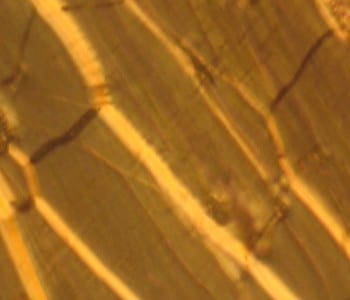
Preparing quantum-dot-dense liquid crystal composites
Researchers have demonstrated a method to prepare hybrid organic-inorganic multifunctional liquid crystal composites with high quantum dot content.
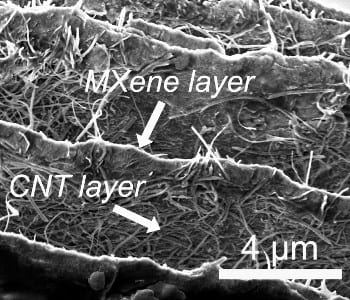
Improving supercapacitor rate performance with MXene/CNT composites
Flexible MXene/carbon composite electrodes composed of alternating layers of titanium carbide-based MXene and carbon nanotubes have been fabricated.

Photo-induced anomalous deformation of PNIPAM gels
PNIPA gels are hybridized with uniaxially aligned inorganic liquid crystalline nanosheet and adsorbed with a dye deform anisotropically by photo-irradiation.
Controlling the oxygen content in nanometer thick oxide thin films
A MIT research group led by Prof. Harry L. Tuller has attempted to control the oxygen content of oxide thin films in situ through electrochemical methods.










